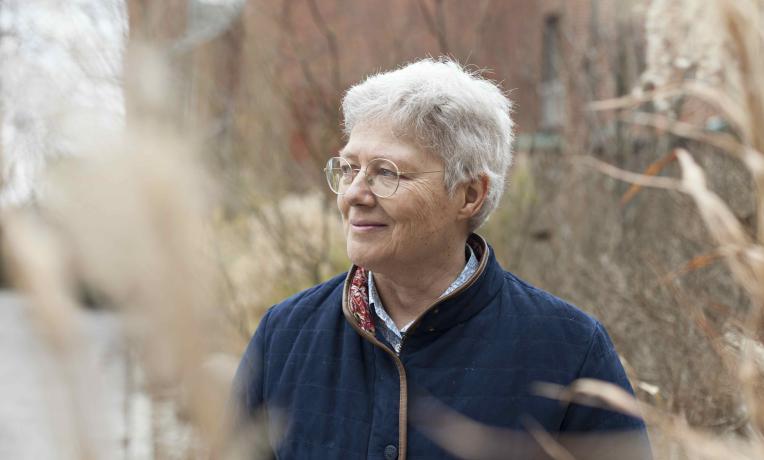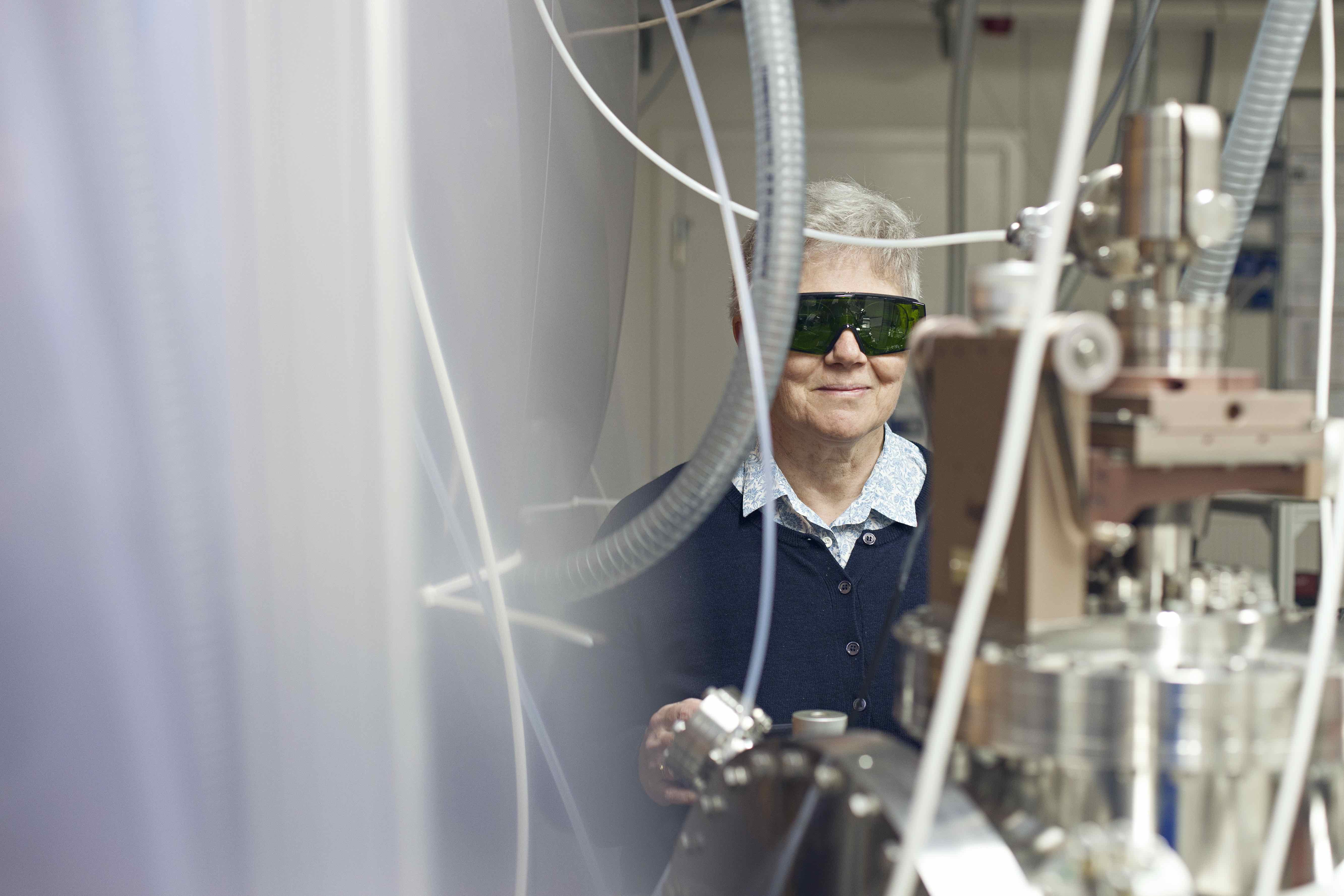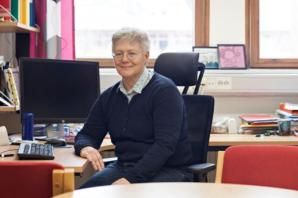Discovering the secrets of the interaction between light and matter

The groundbreaking work of Anne L’Huillier, from the Physics Department at Lund University in Sweden, illustrates how fundamental research can work hand-in-hand with technological progress to generate new opportunities. A Swedish-French scientist, L’Huillier and her team made new discoveries in the fundamental understanding of the interaction between light and matter, and developed new laser technology for carrying out such research.
‘This is the beauty of fundamental research’, she says. ‘You don’t know what it will lead to, and there is a chance that you’ll find something completely unexpected or new.’
Taking a fresh look at atomic ionisation processes
L’Huillier’s journey of scientific discovery has been supported by over a decade of ERC funding. Initially, she learnt how to control the generation of light pulses that are 100 attoseconds long (one attosecond is one quintillionth of a second).
An important step was the measurement of the time needed for electrons to ionize after absorption of light. This time is called ‘photoionisation time delay’. By using these ultrashort light pulses, just like a camera flash, scientists were able to better understand the dynamics of electrons within atoms – something that had, until then, proven difficult to achieve. A key contribution of L’Huillier’s work has been to help scientists see the interaction between light and atoms in a different way.
‘I wanted to build on this time delay technique to investigate a range of atomic processes’, explains L’Huillier. ‘I find this fundamental research is so interesting and vital, because it helps us to understand natural processes that happen in everyday life.’
L’Huillier and her team have gone on to apply her research and techniques to ever more complex quantum physics problems. One ambitious plan is to investigate the quantum properties of the electron wave-packets created by the absorption of ultrashort light pulses.
‘This is really going into unknown territory for me’, says L’Huillier. ‘I am outside my comfort zone with this! I know how I will go forward with this research, but I don’t know what I’ll find.’

From fundamental research to real-world application
All of this ERC-backed work has of course not been carried out in a vacuum. Huge technological progress has been made within the ultrafast science field over the last decade. This has enabled L’Huillier and her team to accomplish more as the projects have advanced. ‘Fundamental research and technological progress go together’, she says. ‘This has really been the case for our work.’
Indeed, a key output of her work has been the development of an ultrashort light source that can be used for advanced studying of atoms in a gas phase or solid state. Another beamline, built in Lund, served as a prototype for an instrument of the Extreme Light Infrastructure Attosecond Light Pulse Source (ELI-ALPS) in Hungary. This laser institute supplies scientists worldwide with high-power, short-pulse lasers and secondary light sources, enabling them to investigate the interaction between light and matter, among other applications.
L’Huillier’s work has created new opportunities across Europe. ‘It is very important to have top-notch lasers for the research we do and reliable techniques to measure and control their performances’, she explains. ‘A bright PhD student in my group had this very smart idea, and this led to a patent and a spin-off company, based in Portugal.’
‘I have really enjoyed doing this work’, she continues. ‘ERC funding gives a university like ours the means to carry out this sort of research, which is technologically demanding. In addition, our Proof of Concept projects enabled us to build prototypes, creating a bridge towards the commercial side.’ L’Huillier and her team are currently looking into applying for another ERC Proof of Concept grant to further exploit the impressive results of this remarkable decade of work in ultrafast science.
About the researcher
Anne L’Huillier, a Swedish-French atomic physicist, is Professor at Lund University. She was awarded the EPS-QEOD Quantum Electronics Prize for fundamental aspects from the European Physical Society in 2019, and the L’Oréal-UNESCO Award for Women in Science in 2011, among many other accolades. She won ERC Advanced Grants in 2008, 2013 and 2019, as well as ERC Proof of Concept grants in 2013 and 2017.
Listen to the interview
How the ERC transformed science - interview with Anne L’Huillier


